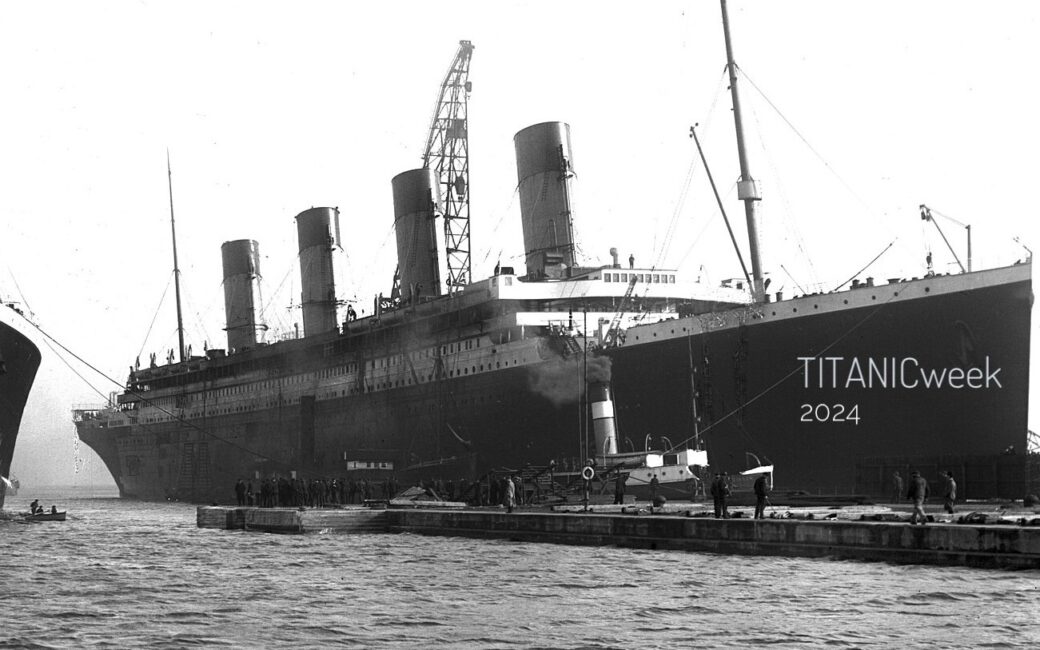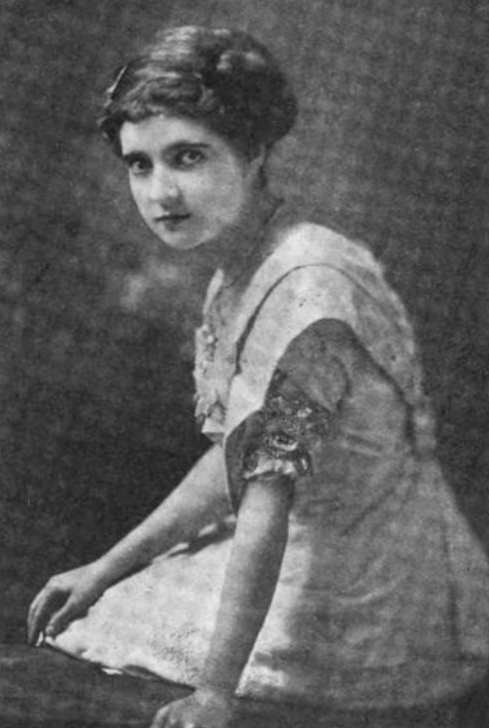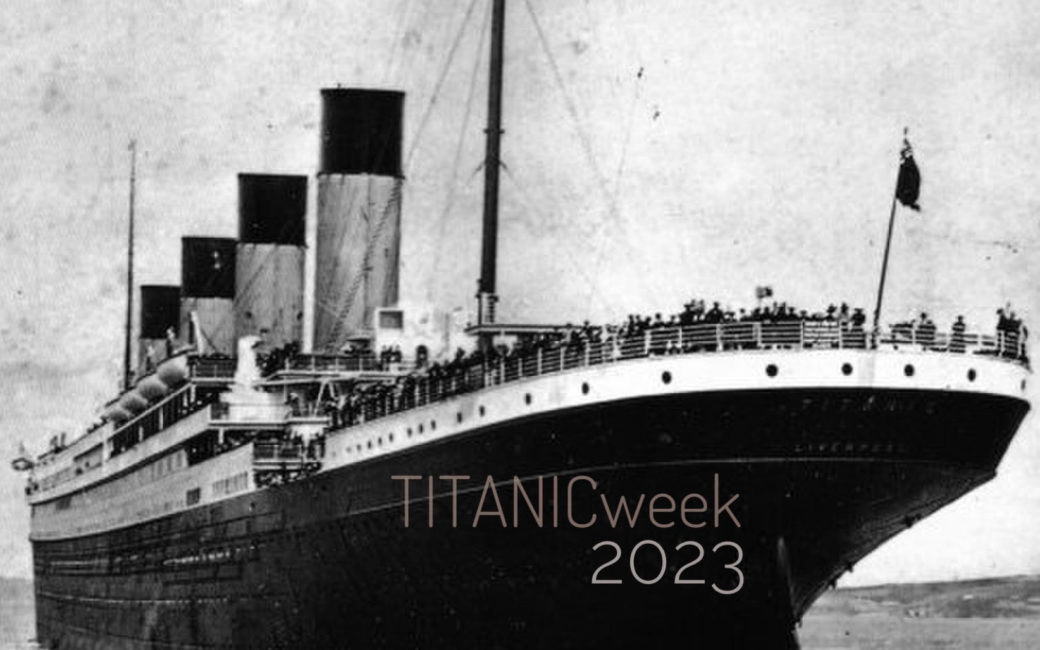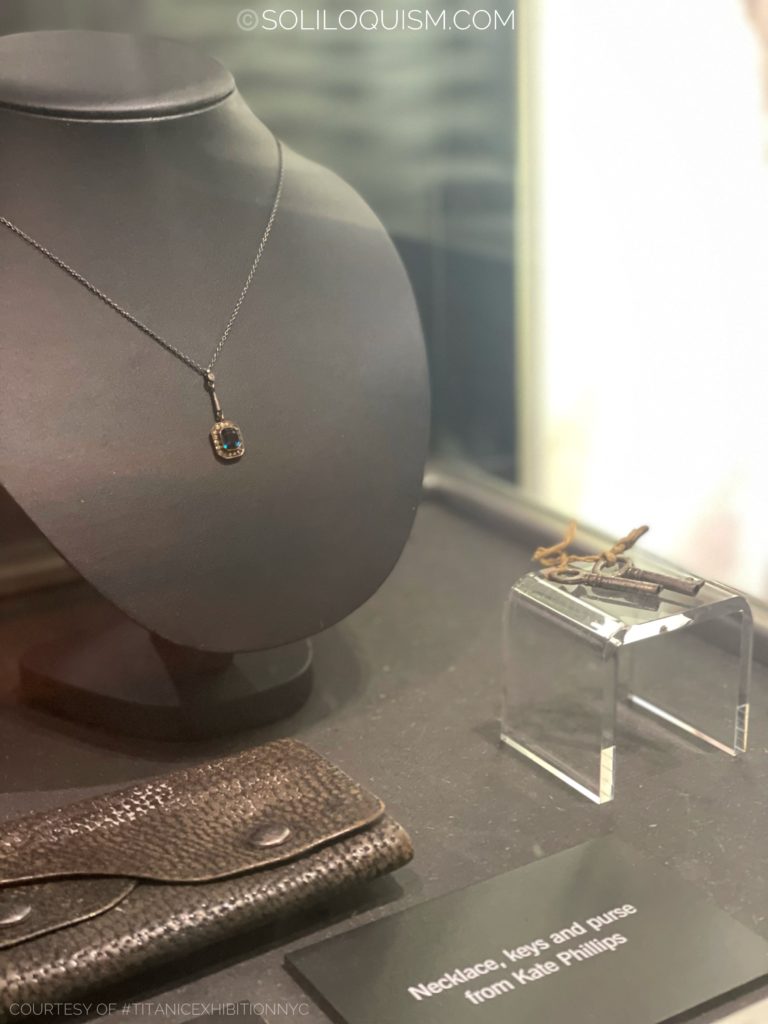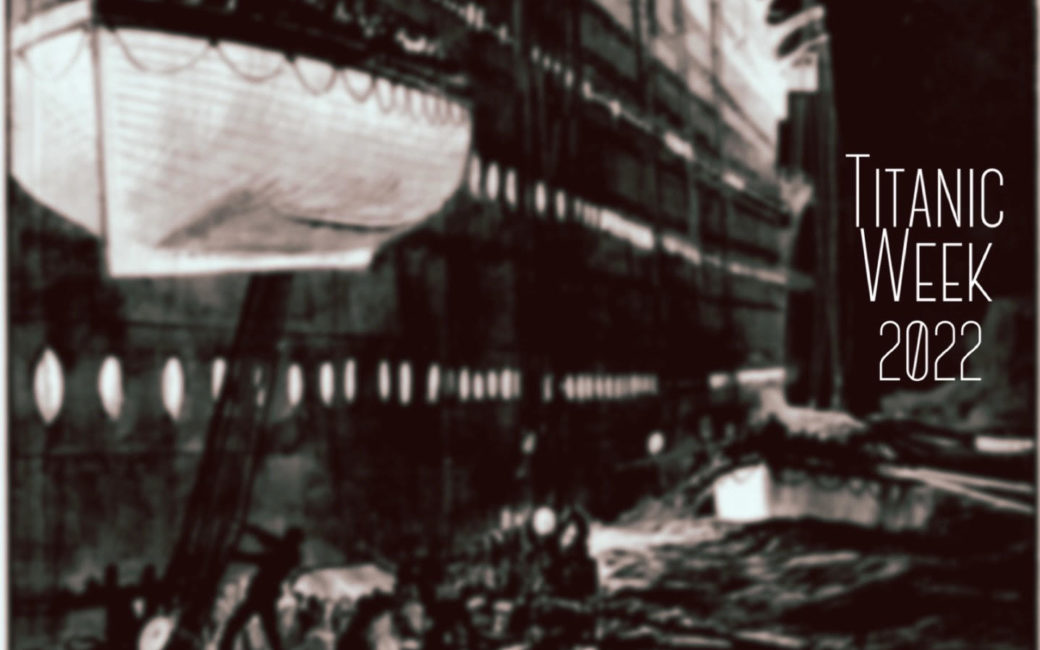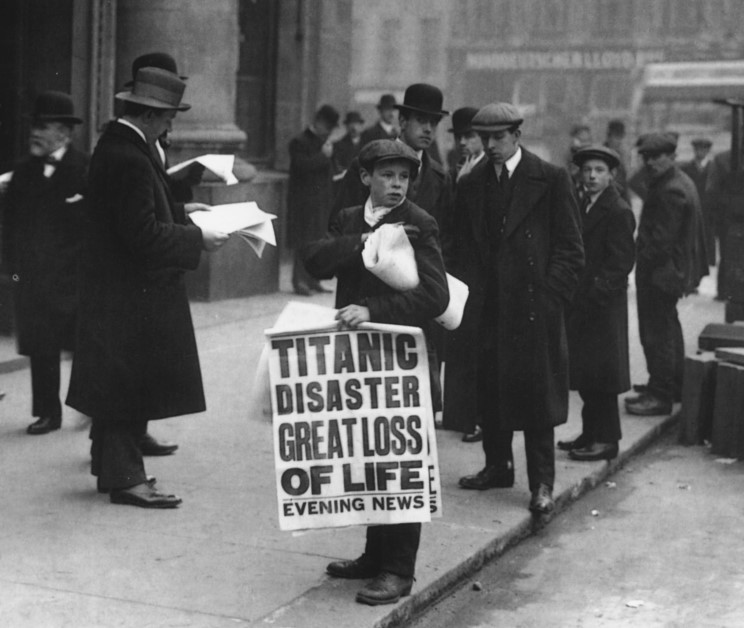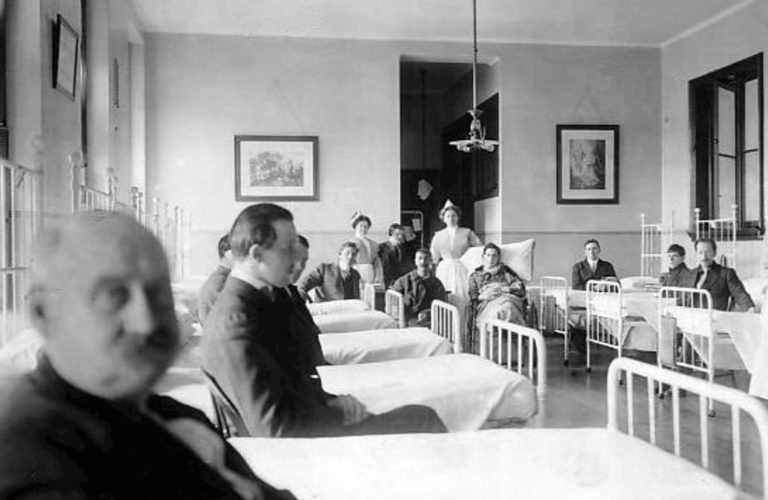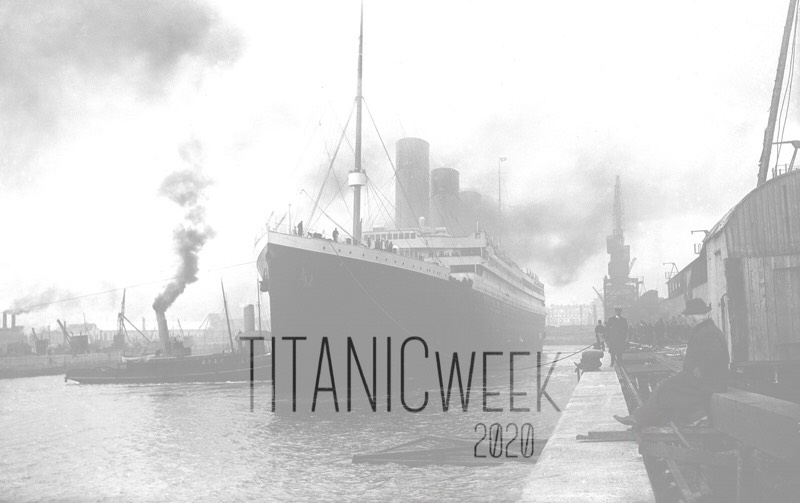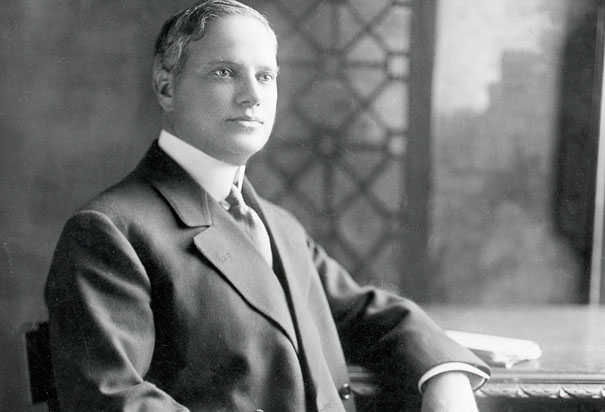"Curses and Prayers Filled the Air": Robert Williams Daniel
Robert Williams Daniel stood dazed and determined on the Carpathia, knocking on a stranger's door and wearing an oversized suit that wasn't even his.
At 27 years old, Robert had survived the sinking of the Titanic--although no one, including himself, seemed to know exactly how.
But however he was saved from the ocean, the third-hand account from the Carpathia's medical officer attests to Robert having been saved in a red "woolen sleeping garment" or nightshirt, and shoes. Robert also reportedly wore his late father's pocket watch tied around his neck.
Carpathia's physician, Dr. Arpad Lengyel, had been assigned to attend to Titanic's steerage survivors. And since this is where he first treated Robert, who he found to be "delirious"--insisting he was a doctor himself--and underclothed.
So Dr. Lengyel, believing Robert was a colleague in the medical field in a pitiful state, gave him his own suit to wear. Robert reportedly had no recollection of this interaction when Dr. Lengyel tended to him the next day.
When it was discovered that Robert was, in fact, a First-class passenger of the sunken ship, he was transferred to an alternate area of the Carpathia.
And then, on a ship full of widows, Robert eventually set out to befriend the bereaved newlywed from West Virginia: Eloise Hughes Smith.
Standing before the doorway of her cabin--lacerations on his bruised face, wearing "a pair of trousers large enough for a giant [and] a blue shirt he had bought from the Carpathia's barber"--the still-reeling Robert offered his companionship to 18-year-old Eloise, so that she might feel protected while the survivors awaited the Carpathia's arrival in New York City.
She was newly pregnant, suddenly widowed, and absolutely inconsolable. Barely three months earlier, she had been another man's bride.
When Robert disembarked Carpathia with Eloise in his arms, she was reportedly "in a fainting condition." They were some of the first to appear on the ship's gangway.
After Robert had parted ways with Eloise and her father on the quay, his mother found him despite the fact she barely recognized him. The New York Sun reported that he was "total wreck" and almost too weak to stand. Reporters swarmed him immediately, and his confused--and confusing--narrative unfolded.
Robert reportedly "reeled" at least once, and removed himself to lean on a railing to steady and compose himself.
"Let me smoke a cigarette before we go on," he is reported as having said at last.
The reporters pressed Robert about the bruises and cuts on his face.
"[On Titanic's stern, there] seemed to be thousands fighting and shouting in the dark... Everybody seemed to have gone insane. Men and women fought, bit and scratched... [there were] men praying as I struggled to get to the rail. Curses and prayers filled the air... I grabbed something and uttered one prayer. Then I went over the side of the boat. I tried to wait but suddenly found myself leaping from the rail, away up in the air and it felt an eternity before I hit the water. "
Robert had boarded Titanic in Southampton, having been in London on business, and occupied "an inside cabin" on A-Deck, although the exact cabin has never been conclusively determined.
And he had boarded alone--save for his new puppy, a cherished French bulldog named Gamin de Pycombe.

PUBLIC DOMAIN
While his time spent during the voyage is not well-known, Robert's movements during the sinking are documented thanks to his friend, Edith Russell--who had a cabin around the bend from his.
Titanic trimmer Paddy Dillon, who himself swam in the water before being pulled aboard a lifeboat, also recalled seeing Robert within five minutes of the ship's submersion.
"Then [Titanic] plunged and then seemed to right herself. There was about 15 of us when she took the first plunge. After the second, there was only five of us left. One of these was a Mr. Daniels [sic], a First Class passenger. He only had a pair of knickers, a singlet and a blanket thrown over his shoulders. I think he jumped for it."
Robert would proceed to regale the press with so many stories about fellow passengers as the Titanic went under--including Jack Thayer, Richard Norris Williams and his father, the Carter family, and Ida and Isidor Straus--as well as First Officer William Murdoch and Fifth Officer Harold Lowe.
Robert was also sought out by the bereaved family members of victims who were anxious to learn the details of their last moments.
Later in 1912, Robert had plans to meet up with fellow survivor Colonel Archibald Gracie, with whom Robert had formed a fast and profoud friendship while on board Carpathia. The Colonel was writing a comprehensive book of the disaster based upon passenger recollections and testimonies, and the men wrote to each other regularly.
Robert, having been abroad once again in England, was asked by reporters in December of 1912 about Colonel Gracie. He did not know that his friend had died the week earlier.
When Robert was informed, he was "overcome with grief" and declined to speak any further.
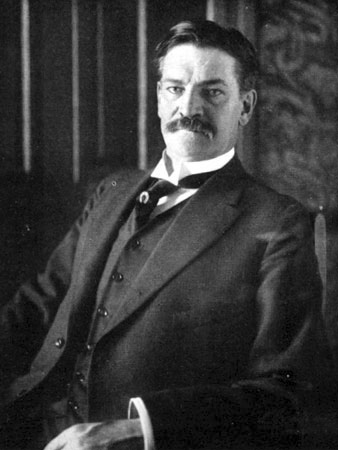
PUBLIC DOMAIN
By 1914, Robert began calling upon another Titanic survivor with whom he shared traumatic memories: the widowed Eloise Hughes Smith.
Her father was not a little displeased, given that his daughter was, at the time, involved in ongoing litigation with her late husband's family on behalf of hers and Lucian's infant son.
In spite of Congressman Hughes's misgivings, Robert and Eloise grew to be closer and closer friends, and that friendship evolved into romance.
And so, in a remarkable turn of events, Robert Williams Daniel married Eloise Hughes Smith in a quiet ceremony in New York City in August of 1914.
The next day, Robert departed for London yet again.
There, he became stranded for over two months due to the outbreak of the Great War, which delayed Eloise and Robert in announcing their marriage to society.
Once Robert was permitted to return to the United States, he and Eloise settled in Philadelphia with Eloise's son, Lucian Smith, Jr., and Robert's new English bulldog. Among their neighbors were the Carter family, who had also survived Titanic.
In February of 1919, Robert was sent overseas to France at the behest of the United States War Department to handle money that would be used to convert French currency in the possession of American soldiers returning from the war front. He was subsequently awarded a medal for his distinguished service.
But by the time Robert returned, his marriage to Eloise was sadly deteriorating.
They separated in 1920, in the wake of rumors of his marital infidelity. And in 1923, Eloise filed for divorce after learning, according to her legal claim, that Robert was residing with "an unknown blonde woman" in New York.
The divorce was granted without contest. According to the divorce decree, Robert was to remained unmarried for five years.
By December of that same year, he remarried in New Jersey. And in 1929, he would marry a third and final time.
Eloise would likewise remarry a third time, when she was widowed yet again. Her fourth and final marriage would end in a swift divorce.
After all of that emotional tumult, Eloise reverted her surname to Smith--that of her first husband, Lucian P. Smith, and the love of her life.
Eloise Smith died in 1940 from a heart attack at only 46 years old.
Her ex-husband, Robert Williams Daniel, died later that same year from cirrhosis of the liver. He was 56 years old.
Regardless of its outcome, Eloise and Robert are noted as the sole survivors to marry after meeting in the wake of the disaster.
